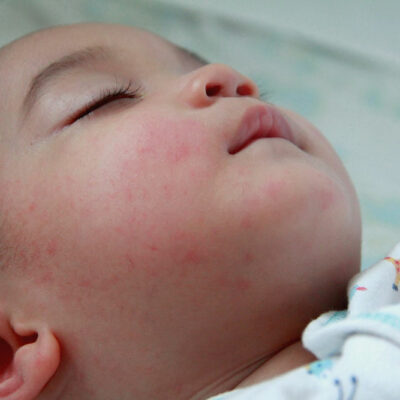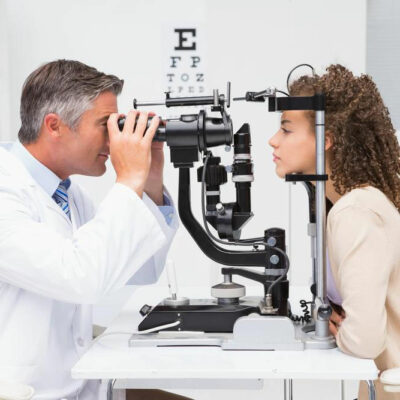
Health
Detox and Recovery for Alcohol Addiction
Alcohol addiction affects not only an individual’s life but also that of their loved ones. There is some point in life where an alcohol addict feels enough is enough and is sick and tired of hangovers, blackouts, and embarrassments that go with it and desire recovery from the addiction. It is not impossible to get over the habit if done systematically. When treating alcohol addiction, a person can suffer from withdrawal symptoms during the initial stages of recovery. The severity of both physical and psychological symptoms vary from person to person, depending on the level of addiction, body type, and condition. The body begins to depend on alcohol, which is a depressant. The brain stops producing certain chemicals present in alcohol and depends on alcohol for them. This is primarily why withdrawal symptoms appear, and when one quits drinking, the body takes time to adjust. The withdrawal symptoms can range from mildly intense ones to extreme withdrawal symptoms. Minor symptoms of alcohol addiction recovery are: Nausea Headaches Anxiety Insomnia Disorientation Tremors Seizures Hallucinations 1. Withdrawal or detox The withdrawal symptoms can begin within a few hours after the last drink. While the symptoms generally subside within the first week, some of the mild symptoms can last for several weeks or months.
Read More 















